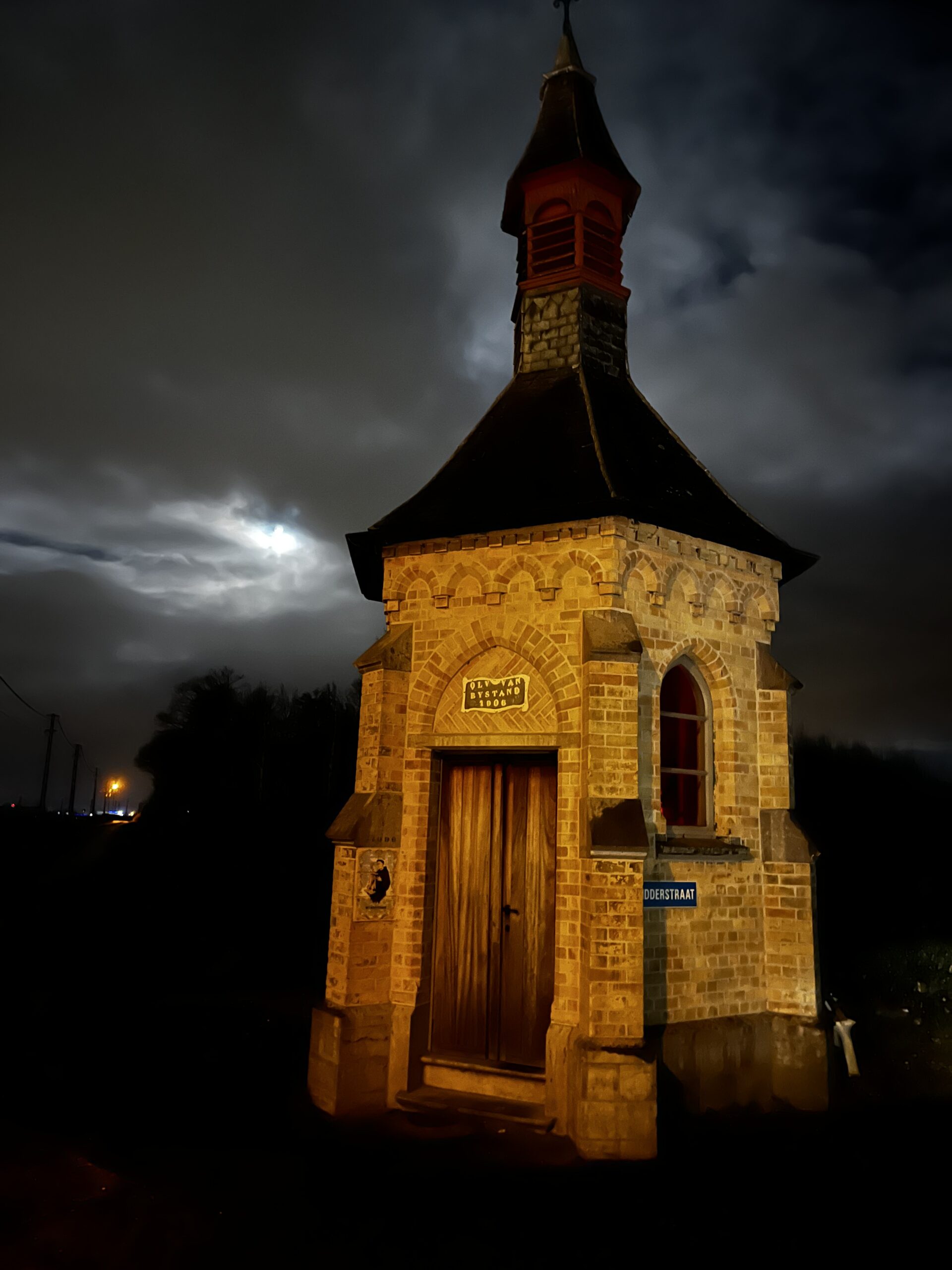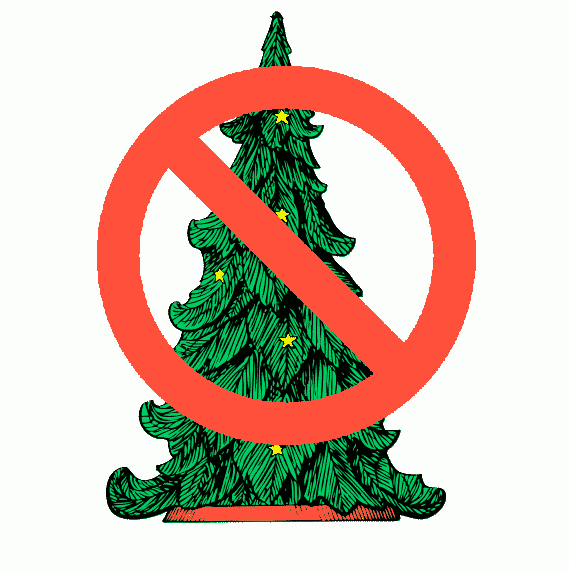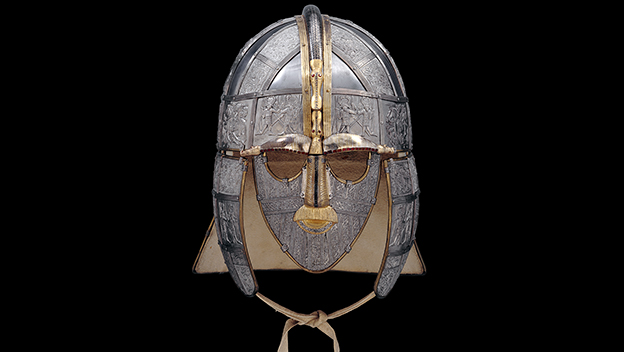On my walks through the West Flemish landscape I was repeatedly confronted with those typical brick chapels that you see in the countryside. Sometimes they were built in a short succession pattern, with each chapel having its own function in the larger chain. They act as an Ommegang: you follow their chain in a circle often around a specific location like a village or hill. Then you could visit every chapel in one walk, while being committed to prayer. Very much this practice resembles pagan traditions of going round a place to make it sacred with fire or to bring fertility or luck or ward off evil spirits.
But the older chapels are often isolated. Near a source, or a crossroads. At a hamlet or an old farm, on top of a hill or on the edge of a forest. What reasons could people have had in earlier times to build these, and could the locations be linked to Christian elements? That question wandered through my head and set me to work.
I found several reasons for building a chapel:
To reach remote communities
As a memento of a prominent person or fact
As a votive, out of gratitude (votive offerings…?)
As a status symbol
As a means of public relations (both religiously and politically motivated)
As a boundary marker to mark and guard the transition from one piece of land to another
A wealthy farmer with many employees had a chapel built at the farm so that his employees could pray on the estate and this was also a powerful status symbol and brought the farmer the blessing of local dignitaries. For a long time, the pastor was also, together with the mayor and the doctor, almost the most important man in the village.
But in earlier times, when Christianity still had difficulty leaving the cities and approaching the rural population, chapels were also built. These were often dedicated to a source, a special rock or tree. Isn’t it strange that Christians pay tribute to the local landscape?
The history of building a chapel was sometimes recorded in local archives kept by the church.
A very beautiful example of this is the chapel of Wynendale, near Torhout.
Torhout, formerly Turholt, which possibly comes from Thurisaz or Thur (Thor?) and Holt (Forest).
Torhout was inhabited very early by Belgae and was also further inhabited by some Gallo Romans. The church soon installed a delegation in the old Roman tower. Perhaps because the area had an important spiritual meaning? If there was indeed a forest dedicated to Thor, then a strong ecclesiastical presence would be appropriate.
In an almost straight line from Torhout, you can follow an old path in direction west that ends at the castle of Wynendale, the home of the first counts of Flanders. Land from this area was even donated to a certain Ragnar, perhaps the famous Viking, as a peace offering. Around that time it was known that he came here to rest after his campaign in France. Wynendale can be etymologically linked to a fenced open space: the first mention is Winandala. Winan or Winne is a meadow but also linked to Wihan = holy. Winj is a reference to Wodan. Dala can be a valley, but the castle is built on a low hill and there is no valley at all, the land here is quite flat except for the hill. But Dala can also refer to a fence made of bushes. Dala is also linked to Tale (to speak – language) because this was the place of speaking. So we have a meadow and a fence, and possibly the element ‘holy’ and the element of speaking. Winandala may well mean something like Holy Speaking Place, or Place where Wodan Speaks. Add to that the fact that local legend speaks of Wynendale as a holy place where the lords retreated to consult the spirits and make important decisions in the forest, the holy forest of Thor? This sounds very much like a Ding-place.
Close to the castle, on the path that is in line with Torhout, there is a chapel. According to legend, a large oak tree stood here at the crossroads before the first version of the castle was built on the site of what may once have been the Ding. A crossroads whose origins can mainly be explained by people visiting the oak or the forest or the Ding from different directions.
One day, a statue of the Virgin Mary appeared in the old oak tree, much to the dismay of the local population. They took the statue back to the monastery in Torhout, where else could it have come from? The monks there were surprised and placed it back in their church. The next day, the statue reappeared in the oak tree. The residents took it back to the monastery once more. This time, the monks locked the statue away and assured the residents that the statue would not appear in the tree again. But the next day, the population found the oak tree reduced to a pile of ash and charcoal. That night, a thunderstorm had raged across the forest and lightning had struck the oak. And miraculously, the statue stood on the remains of the trunk. The monks concluded that it was nothing less than divine intervention, the will of the Virgin Mary would be granted. A chapel was built and the statue was given a permanent place. Christians could make a pilgrimage there.
Suppose the oak had a sacred function for the pagans, then such a legend could explain a nice bit of psyops of the church. By means of some deceit and a trick, the oak was destroyed and replaced by a chapel. In one fell swoop, the forest behind it and the Thing were also within the influence of the church.
Incidentally, another legend speaks of the eternal hunter, a wild hunt legend, and it was also whispered that you could meet Wodan in the forest, disguised as an old man. To this day, there are visible signs of 13th century habitation in the forest of Wynendale in the form of a few mounds.
Also worth investigating is the presence of chapels at crossroads. In numerous sources, crossroads appear as a liminal place. One meets the dead there in particular. The church used these places to bury the unbaptized and others who, according to the church, had no right to rest in consecrated ground. In particular, the hanged were also buried here, and to whom else were they dedicated if not Wodan? In addition, it was also the place where executions were carried out. In a number of cases, there are even burial mounds at the crossroads where the mound was then used to build the gallows.
Our regions also have numerous stories and legends, about cursed hunters, ghosts, monstrous demons, giants, dwarves and kobolds who change their appearance to fool us. And didn’t the Wild Army also ride out during the cold winter nights to recruit souls? The older chapels were often large enough to accommodate several people and this was apparently a common practice for travelers.
Could it be that the first chapels formed a refuge where ‘righteous’ travellers could stay to seek protection from these evil spirits? Do the first chapels date from a time when paganism had not yet been completely banished from the country, and even Christians still believed that Wodan walked the night paths in search of souls for his dead army? Were the forest spirits of old less well-disposed towards the new steward perhaps?
Sources:
Judith Schuyf: Pagan Sanctuaries
Luc Vanbrabant: The Importance of Torhout in the First Millennium
Inventory of Immovable Heritage (.be)




